How would you describe the current state of the innovation ecosystem in Slovakia?
Success attracts more success. I’m glad that we have recently witnessed the first bigger exits - Slido and Exponea. These happened considerably later than in neighboring countries but these impulses are critically important to speed up the entire innovation ecosystem.
Slovakia still has lots of talented people. Many talented people have left the country in the past 10-15 years but this also holds a promising potential. These people can return to Slovakia and use their experience and knowledge here. Not using this huge potential may have catastrophic consequences for Slovakia as we will lose this opportunity in a few years. The younger the people leaving are and the longer they are gone, the smaller the chance of their return.
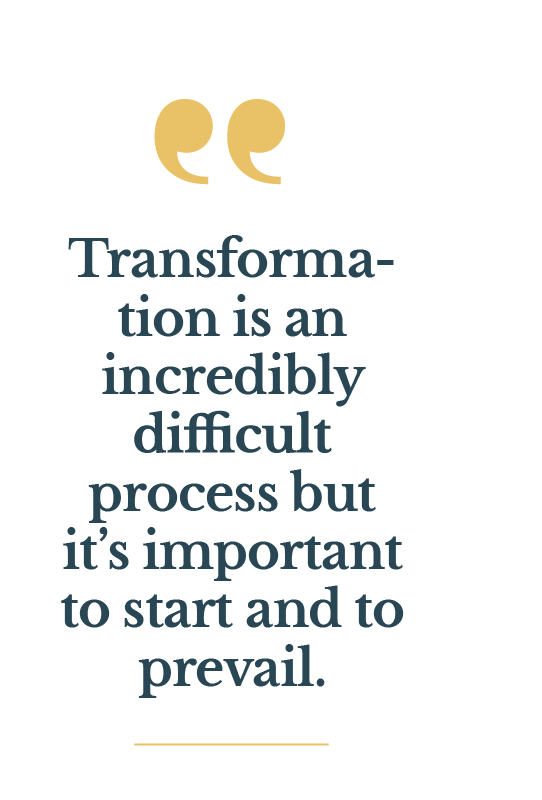 The innovation ecosystem in Slovakia is severely fragmented with weak links between the individual sectors (academia, business, government, NGOs) and even within the sectors. Interdisciplinary collaboration is also lacking. You hear a lot about our increased need for graduates from the STEM fields. That is true, but we also need those who will try to understand and explain societal changes and how individuals perceive the world, as technologies and innovations should serve the people in the first place.
The innovation ecosystem in Slovakia is severely fragmented with weak links between the individual sectors (academia, business, government, NGOs) and even within the sectors. Interdisciplinary collaboration is also lacking. You hear a lot about our increased need for graduates from the STEM fields. That is true, but we also need those who will try to understand and explain societal changes and how individuals perceive the world, as technologies and innovations should serve the people in the first place.
Despite these shortcomings, one cannot ignore the great enthusiasm for transformation evident in several institutions as well as in the private and the non-profit sectors. Transformation is an incredibly difficult process but it’s important to start and to prevail. Slovakia’s recovery and resilience plan is a step in the right direction as it is a very good plan. However, its success will depend on its implementation. Will old practices and patterns prevail or will we find the courage to support real connections, find inspiration in projects abroad and even use foreign experts to achieve these goals?
It seems that when it comes to research and innovation, the gap between the private and public sector is particularly wide in Slovakia, even in comparison with other countries in the region. Why is it so?
It’s hard to find just one reason. It’s a complex set of reasons and even if I mention some things, they certainly won’t be universally applicable. Internet trolls, cheating students, researchers only looking to meet the required number of published papers, or entrepreneurs only concerned about profits – you will find all of these everywhere. What matters is the ratio, and I think this constitutes the basic difference. Whether we have a tiny percentage of plagiarists or whether they account for tens of percent.
Much of this is the heritage of socialism. It can’t be wiped out easily. The corruption of the regime we lived in for more than 40 years has naturally found its way into the new regime. A lack of strong institutions enabled the thievery of what Slovakia possessed and not everyone was able to use this “gift” in a way that would strengthen our innovation ecosystem.
The current state is underlined by Slovakia’s insufficient funding for research and innovation in comparison to other countries. The statistics speak clearly: R&D expenditures in the EU reached 2,3% of GDP in 2020; in Slovakia it was 0,9%.
Things rarely happen by themselves. Leaders who are able to foresee the future development are needed. I think that one of our biggest problems is that we haven’t been able to find a vision of what we want to be good at as a country. This is also true for universities which were forced into a situation where everyone tries to do everything in order to receive at least some financing, which is scarce in the sector. Short-term thinking is also typical for many companies, as we’re more focused on fast and short-term than on long-term gains here in Slovakia. It’s great that Slovakia is the world’s largest car producer per capita. But it’s not so great that the vast majority of what brings high added value in the industry is outside of Slovakia.
It is a chicken and egg situation. We won’t be able to fill the gap between the private and the public sectors without good governance. This requires financial funds but those have to be distributed efficiently, which can’t be done without good governance.
A transformation leading to the creation of more value added in society requires a change of mindset. This is easier said than done. I see big potential in help from abroad as one of the major reasons for the current situation in Slovakia is that we’re too closed off from the outside world.
 Kempelen Institute is on a mission to change this. Where do you see the biggest potential for cooperation between these two sectors?
Kempelen Institute is on a mission to change this. Where do you see the biggest potential for cooperation between these two sectors?
Institutes similar to KInIT can be found practically in all Western countries and they generally function as public-private partnerships. They create a bridge between academia, business and industry, thus supporting their deeper interconnectedness. KInIT’s biggest potential lies in connecting business with research, both basic and applied. Basic research is very important in this context, as it is the driving force of innovation, especially in connection with applied research and knowledge transfer for commercial benefit. Until now, there has been no direct support for basic research in the private sector in Slovakia.
KInIT can be perceived as a catalyst for the Slovak innovation ecosystem in the area of intelligent technologies. We are piloting processes based on best practices from abroad. It’s about finding common ground with our partners from the business world. They teach us to perceive the world through the business lens; we are looking for research opportunities in their business – it’s about finding the right mindset.
The economy and the ecosystem as a whole cannot be changed at once. KInIT is a pilot project with a well chosen field of activity. Artificial intelligence has amazing potential. I believe that with support from the private and public sectors, this experiment will be successful and replicable. If not, we’ll still manage to learn a lot. That much is already evident – I have learned more in the past year and a half than over previous decades.
This brings a new approach to R&D in Slovakia. How has it been received so far?
We have received a lot of positive feedback. But I have to add that it is not an easy path. We’re cutting our way through Slovak bureaucracy.
Where should we look for inspiration abroad?
Germany offers the most inspiring example, with research and innovation built around three strong pillars - universities and colleges, small and medium sized research institutes and major research institutes. Public-private partnership plays a crucial role in the second and third pillars and it hasn’t been present for basic research in Slovakia until now.
There are quite a few inspirational examples abroad but Slovak reality always has to be carefully taken into consideration.
Was there anything in particular that surprised you - whether in a negative or in a positive way - during the first years of KInIT’s existence?
I was certainly surprised by the amount of bureaucracy.
I was glad to see how the supervision of the Board of Trustees members, who are experienced managers, can help even with research. Had I experienced this during my work at university, I would have asked for a lot more feedback and closer cooperation between academia and industry.
I’m also disappointed by the attacks of some academics; I still don’t understand their reasons. On the other hand, I’m thankful for the support of numerous professors and academics from Slovak universities, the Slovak Academy of Sciences (SAV), and from abroad. I appreciate it very much. It also increases my commitment to the KInIT project.
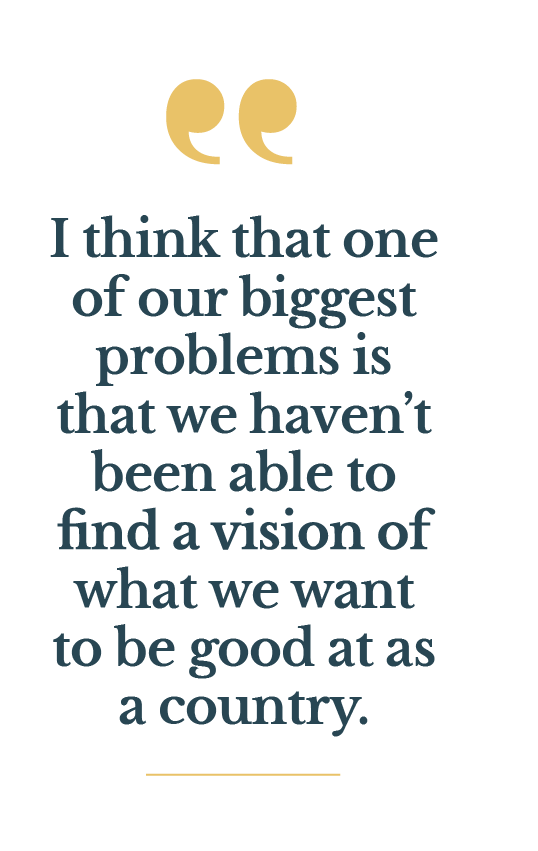 In your opinion, what role should the state play in supporting the innovative economy?
In your opinion, what role should the state play in supporting the innovative economy?
First of all it has to become the state’s priority. I’m glad that a Chief Innovation Officer is already a part of the Slovak Government Office. It is a great development which can contribute to solving the fragmentation of the innovation ecosystem. It would be even better if it were a “Research and Innovation Officer”.
The state should consistently support the growth of the R&I ecosystem – financially and organizationally. It should be based on mutual trust and strong external evaluation of the results. This means having the best experts who set the policies but using external experts for the evaluation process. By external, I mean experts from abroad.
It would be great if the state could free itself from established patterns and set clear priorities. With external help it could identify the lights of hope in our economy and support them in the best possible and fair way. I see the future in multidisciplinarity and trustworthy intelligent technologies.
It will take some time but it will also enable debureaucratization. Bureaucratization is only needed in the presence of corruption and dysfunctional mechanisms of evaluating results.
How can private companies boost their own innovative ambitions and programs through collaboration with KInIT?
In order to increase the innovation potential it is key to conduct basic research and to be very close to praxis at the same time. This is true both because innovations generally arise on the basis of scientific knowledge, and because people discovering new knowledge have the potential to come up with new ideas.
New ideas and innovations are born where talent is concentrated. I have learned that it’s not enough to collect the best knowledge from around the world and apply it. Without people who can come up with these ideas it’s simply not possible. They have to possess a deep understanding and ideally be surrounded by scientists, who don’t need business understanding – this joining of forces enables the creation of interesting new things.
This is our focus at KInIT – connecting companies with research. The first step is to acknowledge this need. The next one is to look for an appropriate partner. KInIT is still small and it’s looking for efficient ways to connect companies with research in the fields of artificial intelligence, more precisely machine learning in selected domains such as natural language processing, information security, green energy, web data processing and recommendations regarding the ethical aspects of the development of AI systems.
Our ambition is to connect academia and the private sector at a more general level. That is why universities and SAV play a crucial role, as the results of KInIT activities will enable them to better cooperate with companies, which will be connected to research.
KInIT also aims to contribute to stopping Slovakia’s brain drain. You often use the term “talent circulation”, could you please explain it a little?
In order to stop the brain drain we have to make sure that brains not only leave but also arrive, which requires creating interesting opportunities and trust. This is true at the national level but also for all sectors: academia, businesses and the government.
Interesting opportunities are available; trust is a weak point. I believe that KInIT can contribute to increasing this trust thanks to its collaboration with both of these worlds. This could enable a true talent circulation – from the business or government sphere to academia, from abroad to Slovakia, and vice versa.
It will be a long journey. Especially if we take into consideration how closed off we are in Slovakia, our low tolerance towards foreigners and the high level of bureaucracy. Crisis situations reveal real values and character. I would like to believe that what the greater part of Slovakia is currently showing in relation to the war in Ukraine are the values on which we will be able to build.
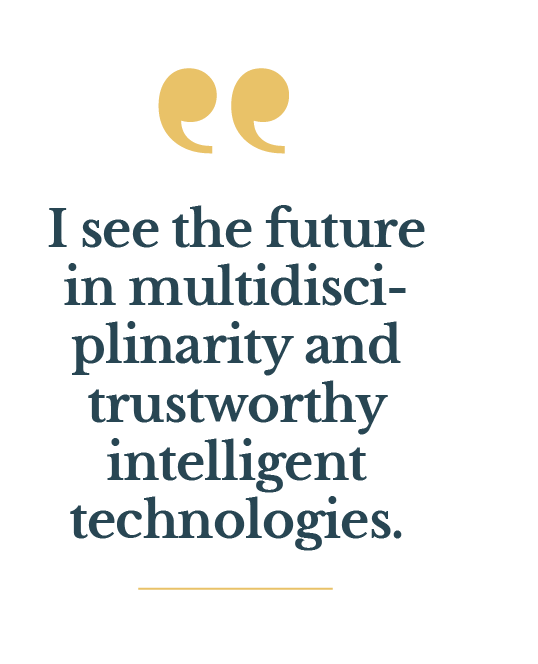 What do you consider as the core values needed to foster a culture of innovation within a team, company, or a community?
What do you consider as the core values needed to foster a culture of innovation within a team, company, or a community?
My personal mission is to contribute to the education and personal growth of as many principled, committed and entrepreneurial experts as possible. It can no longer be doubted that people are the key, not only to innovation. It’s not enough to be an expert and to be good at one’s profession. Integrity, commitment and entrepreneurship are all of key importance.
There’s still not enough engagement and entrepreneurial spirit in Slovakia, although I see a tremendous progress. As I’ve already mentioned, it’s about the ratio – how many committed and entrepreneurial experts who are willing to respectfully follow a long-term vision will we have in Slovakia?
Every one of us is responsible for what is going on and what has happened. Our possibilities and influence may vary but we can all do more to make things better. The current events in Europe show this clearly. Are Russians responsible for what is going on in Russia? Yes, just like we are responsible for what is happening in Slovakia.
What are the core projects that you’ll be working on at KInIT in 2022?
As a young institution we’re still in a phase of preparing projects. We focus more on European projects as we tend to have a higher success rate there than in Slovak projects.
I’ve already mentioned the areas of our focus and within these we’ve developed various industrial collaborations. Each area that we decide to focus on has to show a potential impact on the regional innovation ecosystem. We don’t choose projects just out of scientific curiosity but always pursue those which may increase Slovakia’s potential.
The spread of misinformation and analyzing the online information space are important topics for us, especially concerning major social media platforms. We have several years of experience in this area and even an international project (CEDMO), which we started working on in October 2021. In our region, this topic is interconnected with understanding the Slovak language. Working with data in Slovak language is up to us and we’ve realized the big potential of exploring less spread languages (such as Slovak) or multilingual approaches.
I’m also proud of our results in the energy segment. Predictions and optimalizations also related to alternative energy sources represent a critically important topic today and AI can be helpful in efficient energy usage.
What sets KInIT apart from other research teams in the AI field is our dedicated team focused on ethics and values related to technologies. This multidisciplinary team has created its own methodology for ethics assessment and has managed to apply it to various companies and their products.
What is your long-term vision for KInIT?
A strong Central Europe, where basic research plays a key role in strategic areas, which are the region’s priority based on their interdisciplinary impact and upcoming trends. And, of course, talent circulation!
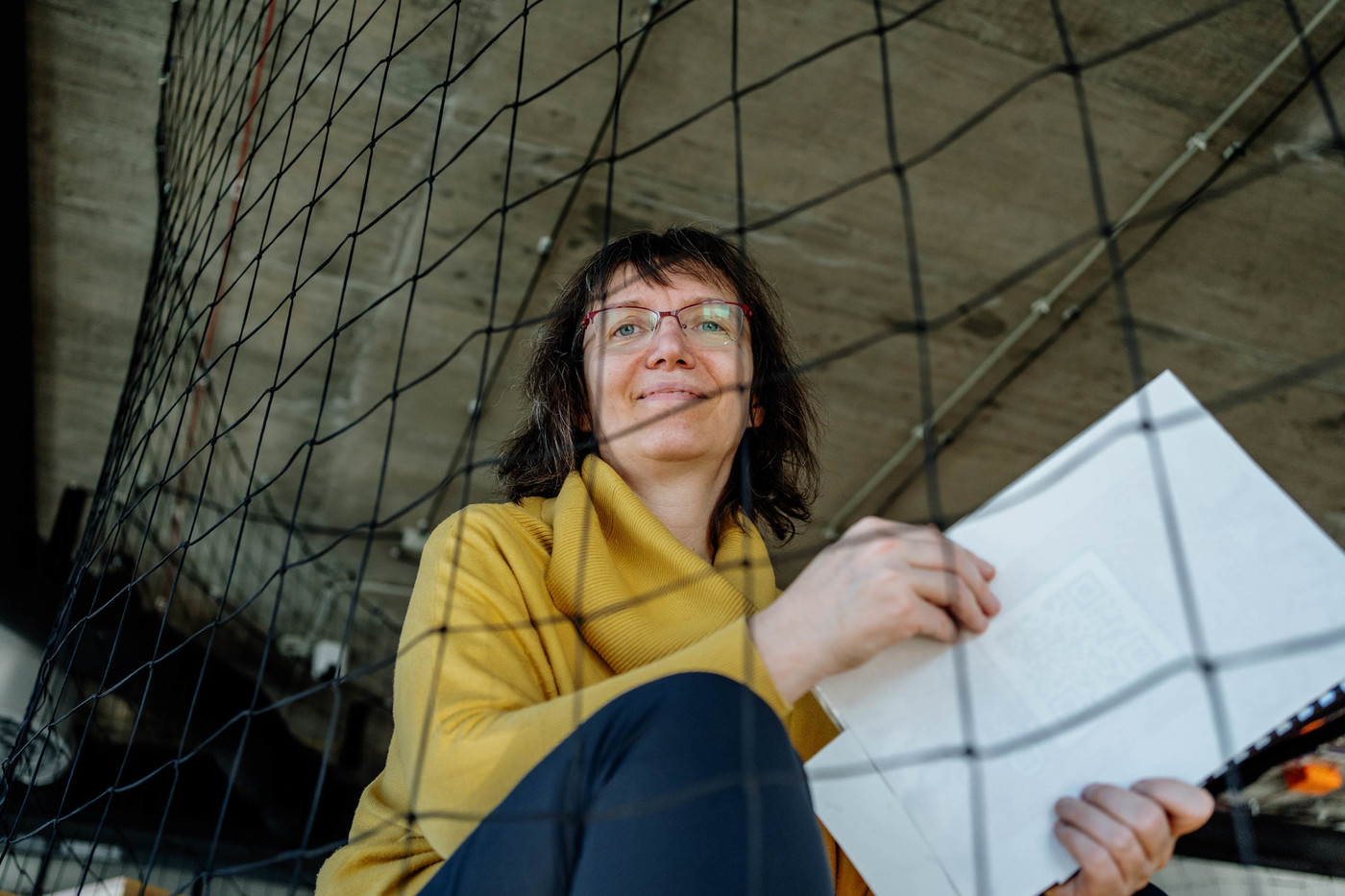
Maria Bielikova, Director-General, KInIT

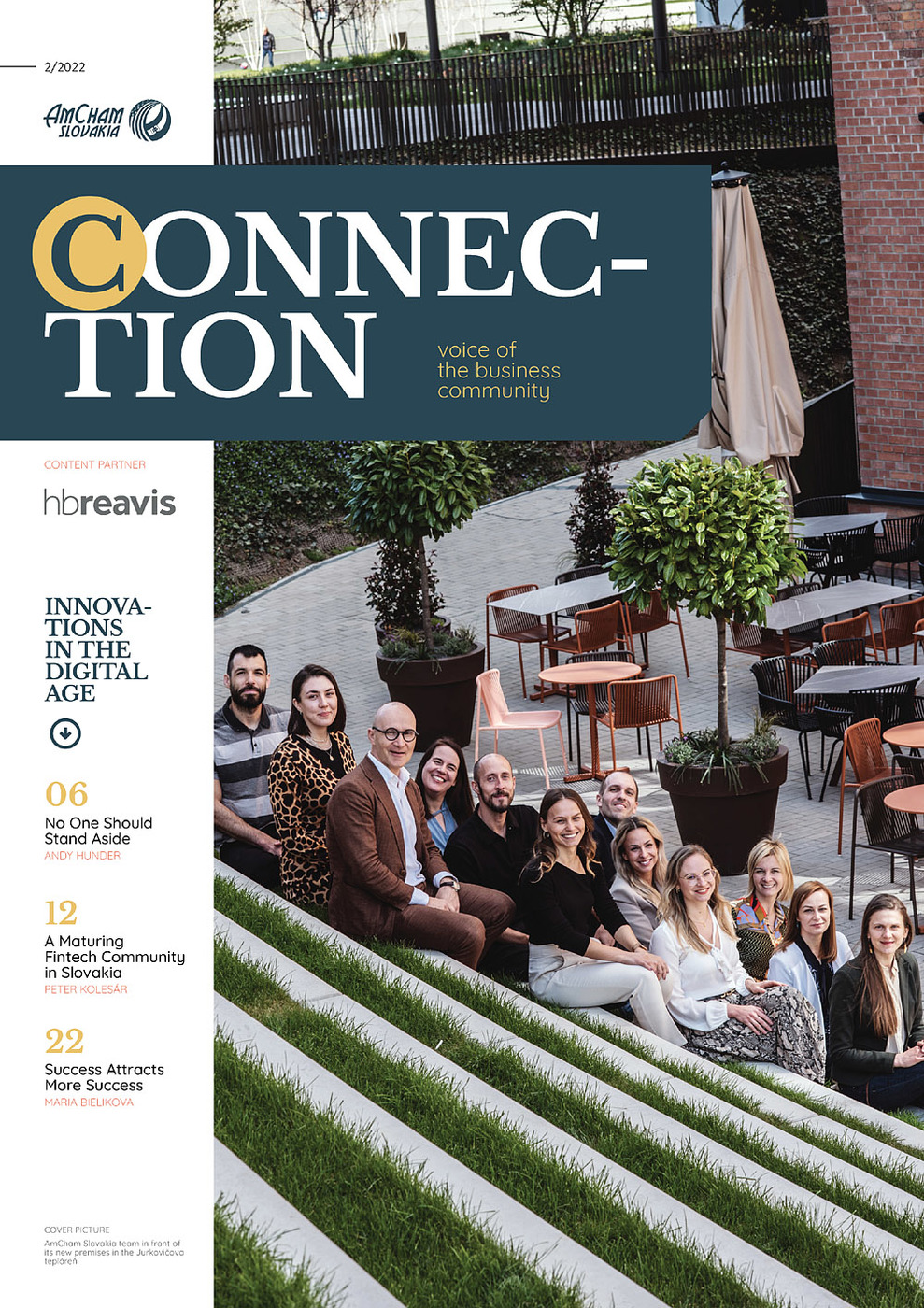
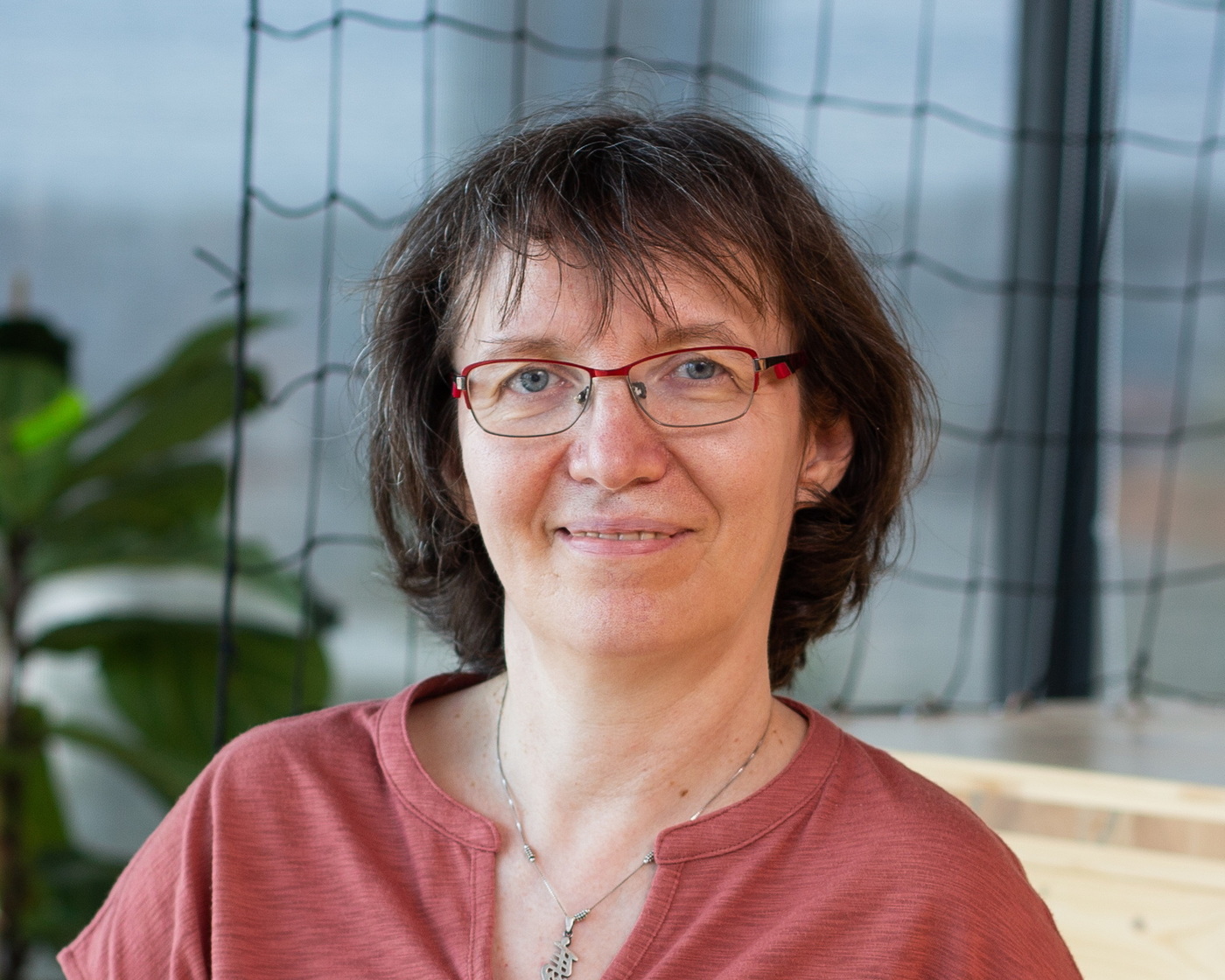
Follow us